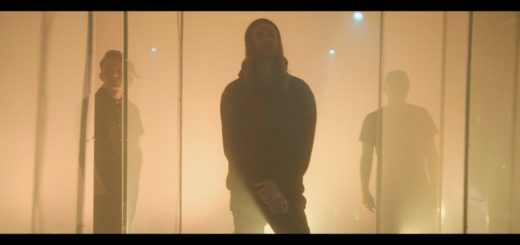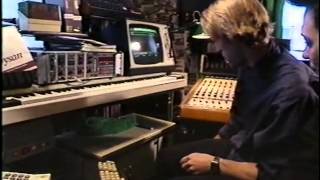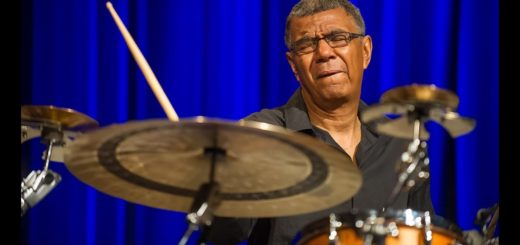Spyro – part 6
0
In the world of dragons, the Dragon Kingdom consists of five Homeworlds – the Artisans, the Peace Keepers, the Magic Crafters, the Beast Makers, and the Dream Weavers – which have lived in harmony for many years.[8] One day, a TV interview with a pair of dragons from the Artisan realm catches the attention of Gnasty Gnorc, a powerful gnorc (half gnome and half orc) who was banished from the kingdom due to his abrasive demeanor and sent to an abandoned junkyard, which he renames to “Gnasty’s World”.[7][8] The dragons’ openly dismissive and derisive commentary concerning Gnasty enrages him, driving him to unleash a full-fledged attack on the kingdom. Using his magic, he casts a spell across the land that encases every dragon in a crystal shell; he also steals the dragons’ prized collection of treasure, turning the gemstones into devious gnorc soldiers and other creatures to help him take over the dragon worlds.[7] Spyro, a young purple dragon, is the only dragon that manages to avoid getting crystallized by the attack. Aided by his dragonfly companion, Sparx, Spyro eagerly sets out to locate and defeat Gnasty.[8]
Spyro visits each of the dragon homeworlds, defeating Gnasty’s forces who have been set out to stop him. Along the way, he frees the crystallized dragons, who give him advice and urge him to recover any stolen treasure and dragon eggs along the way. He eventually makes his way to Gnasty’s World, where he finally confronts and defeats Gnasty. After Spyro’s quest is over, he has access to Gnasty’s treasure portal, which can only be opened if Spyro rescues every dragon in the kingdom and recovers all of the dragons’ treasure and retrieves the stolen dragon eggs. A secret ending can then be unlocked by retrieving everything inside of the treasure portal. In this ending, Spyro is seen getting interviewed on TV when another spell is placed on the dragons, prompting Spyro to set out on yet another adventure.
Spyro the Dragon is a 1998 platform game developed by Insomniac Games and published by Sony Computer Entertainment for the PlayStation. The first game in the Spyro series, it stars the title character, a young purple dragon named Spyro, and his dragonfly friend, Sparx, who must journey across the Dragon Kingdom to defeat Gnasty Gnorc, who has overtaken the 5 dragon Homeworlds by trapping the other dragons in crystal and turning their hoard of gems into an army of minions. Spyro the Dragon is an open-ended 3D platformer, featuring large, sprawling levels in which the player must locate collectable items, among which are gemstones, crystallized dragons, and stolen dragon eggs. Spyro’s abilities as a dragon include fire breath, a head-on charging attack, and a mid-air glide which he can use to scale large distances, all of which must be used strategically to find items and defeat enemies.
Spyro the Dragon started development following the release of Insomniac’s debut game, Disruptor, which sold poorly but was generally praised by critics, impressing Universal Interactive enough to encourage them to make a second game. Artist Craig Stitt suggested a game about a dragon, and work began on a new game. Taking inspiration from the film Dragonheart, the game started out as a more mature title with a dark and realistic approach, but the direction was shifted to have a more whimsical and light-hearted tone to appeal to a wider market of consumers. The game was one of the first on the PlayStation to utilize shifting levels of detail among rendered objects, thanks to a panoramic engine developed by Alex Hastings which allowed the game’s open-ended nature to be fully realized. Stewart Copeland, the former drummer for The Police, composed the game’s music, and the titular character was voice acted by Carlos Alazraqui, alongside additional voices done by Clancy Brown, Michael Gough and Jamie Alcroft.
Spyro the Dragon was released by Sony Computer Entertainment as part of a general effort to reach out to a younger age demographic and compete with the more popular kid’s platform, the Nintendo 64. Although sales were initially sluggish, it found larger success following the advent of the 1998 holiday season and went on to sell nearly 5 million copies worldwide. Critics praised the game’s graphics and gameplay, while some noted its low difficulty level. The game established Spyro as a well-known platforming mascot on the PlayStation alongside Crash Bandicoot, and two sequels, titled Spyro 2: Ripto’s Rage! and Spyro: Year of the Dragon, were later released for the PlayStation in 1999 and 2000, respectively. Although Insomniac gave up the development rights to the Spyro series following the third game, the success of the PlayStation titles lent itself to a continued series of games across various platforms. The game, alongside its two successors, was later remade as part of Spyro Reignited Trilogy in 2018.



最近のコメント